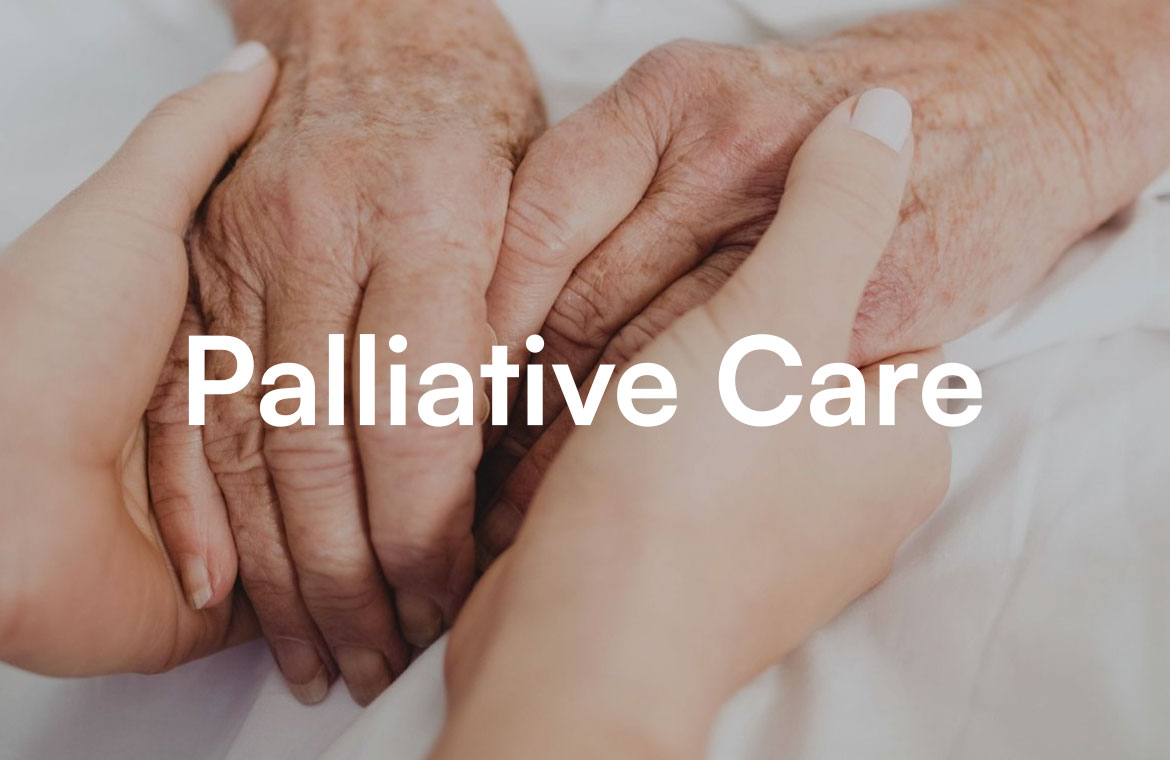In the latter part of the month of June, the NMC notice flowed throughout the country for a health survey and demographic, anthropometric and biochemical assessment of one of the adopted villages by all medical colleges. The Department of Community Medicine had to carry the above task in the given stipulated time. At first it seemed a daunting task to all those involved in the data collection as it wasn’t just a day’s work, it was a data asking a team’s effort such that in a month’s time the complete village gets covered.
As a Senior Resident from a medical college in Bihar, working in the department one could not understand where to begin, how to start, for a couple of days. Starting from demand of logistics, formation of working field teams, identification of the houses by field workers, arrangement of health camps and many minute but necessary actions were to be done.
The field visits began thereafter and in a month’s time, almost every house door in the village was knocked and interviewed as per the method. The complete anthropometric assessment of adults along with under five children was done.
Highlights from the field work were many ; here is a small note of some with respect to my experience. The survey refined the rapport building skills in our teams, especially the undergraduate students, complete anthropometric measurements, indices and their interpretations were made at the homes of the village children. The appropriate advices were given at hand. Non communicable disease history from elder members, and screening blood pressure and random sugar of all those above fifteen years of age was done. The screening led to new elevated and uncontrolled measurements in people who were not previously knowing the status of their vital measurements. A greater part of the learning was regarding an organised management of work through teams. Necessary advises regarding dietary options (diabetic and DASH ) and lifestyle modifications was also provided during the survey.
Some things seemed to play a greater role in shaping the health scenarios of families; these included the players like the daily diet, socioeconomic status, job backgrounds, joint families, the decision maker’s educational status and also the number of people living together. Social factors seemed to play around half of the role according to my reflection. Some examples showed that larger families living together in the same household but are all nuclear families. They have separate socio-economic status, still have a similar health status. On the contrary some joint families were working as a single unit, each one knowing the problem of another person.
Some of my personal insights from the conducted health interviews for about a month are mentioned in this paragraph. The people in communities are ready to improve their health status (malnourishment, overweight, uncontrolled blood sugar etc.) but do not know where to go. The approach majorly accepted is either the one made by the decision maker’s or a nearby local health care provider. People know about the ASHA’s, PHC’s, our hospital but do not seek consultations at these places often. More than a single diseased individual inside a family usually led to some degree of nutritional neglect of some kid of the family. Allowance of a change in the existing family dynamics for a better health shall be a long journey with very little hope unless the social factors are addressed correctly. The counselling and behaviour change communication methods need to be one of the best skills to learn from this survey.




